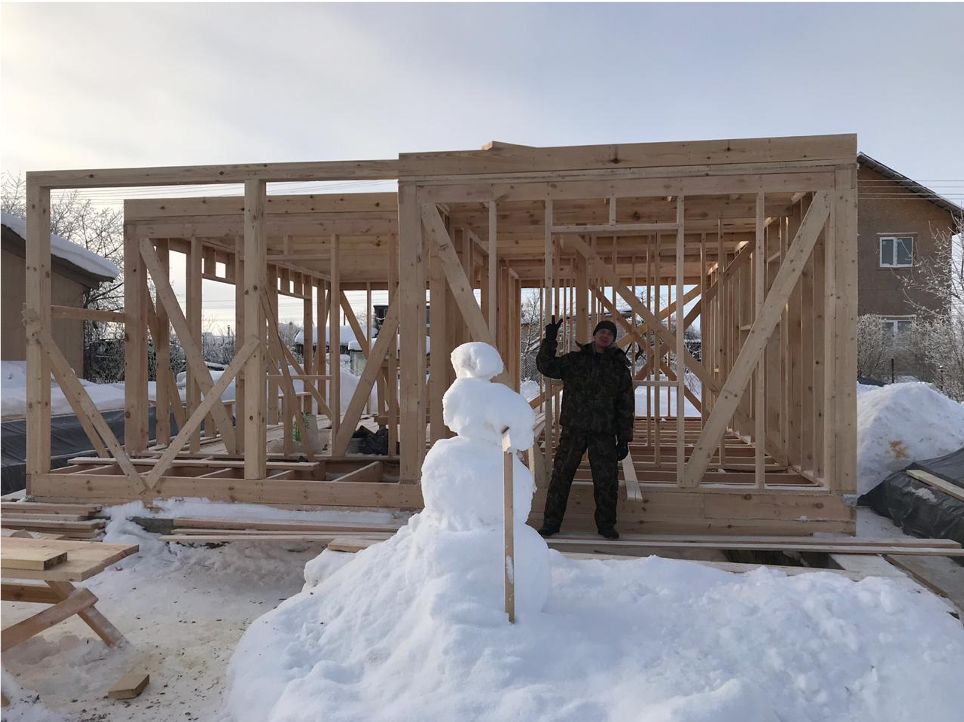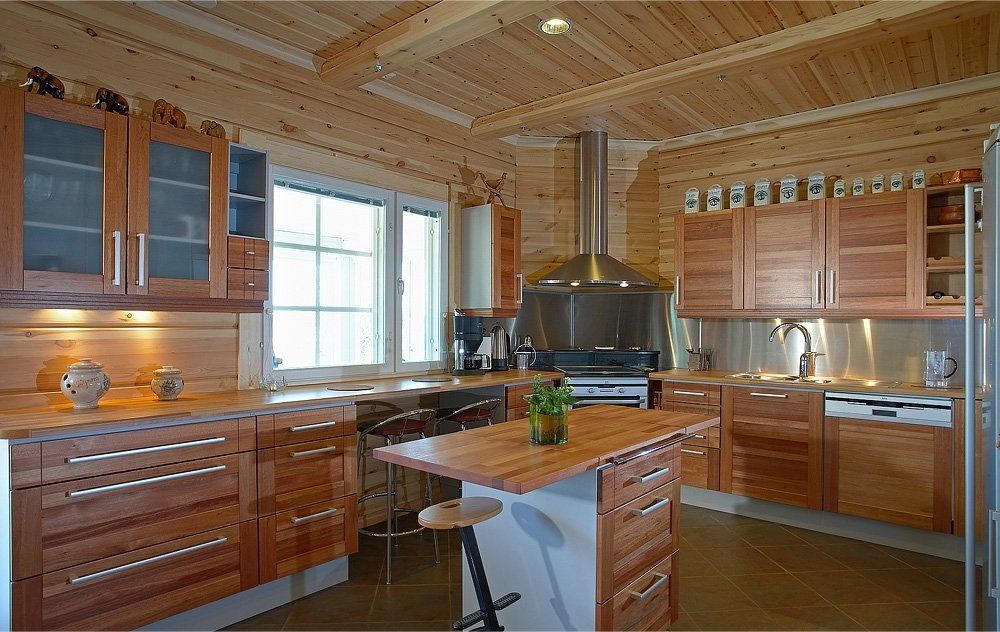
Building Elegance with Carpentry and Framing
In the realm of construction and interior design, carpentry, and framing play a pivotal role in shaping spaces with both functionality and beauty. These fundamental elements serve as the backbone of any structure, providing support and form while also offering an opportunity to infuse elegance into every corner. In this article, we will explore the transformative power of carpentry and framing. We will dive into techniques and design principles that build timeless sophistication.
The Art of Precision: Mastering Carpentry Techniques:
At the heart of elegant construction lies carpentry mastery. From intricate joinery to precise measurements, carpentry demands skill and attention to detail. Crafting custom-built furniture, molding, and trim requires a keen eye for proportion and a deep understanding of wood grain, allowing carpenters to create pieces that seamlessly integrate into architectural design. Precision in carpentry ensures structural integrity and elevates aesthetic appeal.
Beyond the technical aspects, precision in carpentry often involves a deep appreciation of the materials used. Choosing the right wood species, understanding its characteristics, and working with natural grain patterns contribute to the unique and authentic feel of each piece. Whether it’s a meticulously crafted wooden beam or a bespoke piece of furniture, the art of precision in carpentry is a celebration of craftsmanship and attention to detail.
Crown Molding: Adding Regal Flourishing to Interiors:
Crown molding is a classic carpentry element that adds regality to any room. Skillfully installed along the junction of walls and ceilings, crown molding adds depth and visual interest. Its intricate profiles, ranging from simple curves to elaborate designs, contribute to a space’s overall elegance. Whether in a historic home or a modern interior, crown molding serves as a timeless embellishment that brings refinement and sophistication.
Beyond its visual appeal, crown molding also serves a functional purpose by providing a transition between walls and ceilings, creating a finished and cohesive look. The choice of crown molding profiles can influence the perceived height of a room, with larger, more ornate profiles adding a sense of grandeur. As a finishing touch, crown molding showcases carpentry artistry, turning the meeting point of walls and ceilings into a canvas for intricate design.
Wainscoting: Elevating Walls with Architectural Detail:
Wainscoting, a technique of paneling the lower part of a wall, is a carpentry feature that introduces both texture and architectural interest. From traditional beadboard to contemporary raised panel designs, wainscoting provides visual focal points. It also adds refinement to any room. Often paired with complementary molding, wainscoting transforms plain walls into architectural masterpieces.
Wainscoting’s beauty lies in its versatility and adaptability to different design styles. Whether used to evoke the charm of a bygone era in a Victorian home or to add a touch of modern sophistication to a sleek contemporary space, wainscoting showcases carpentry’s flexibility as an art form. Additionally, the choice of materials, from classic wood panels to more modern alternatives, allows for creative expression while maintaining timeless elegance.
Built-In Shelving: Seamlessly Blending Form and Function:
Carpentry allows for built-in shelving units that maximize storage and enhance space elegance. Customized to fit specific dimensions and design preferences, built-in shelving becomes an integral part of the architecture. Whether flanking a fireplace or framing a window, these functional yet stylish additions showcase the marriage of form and function in carpentry.
Built-in shelving showcases personal style and preferences. The carpenter’s skill comes into play not only in crafting the shelves themselves but also in seamlessly integrating them into the overall design scheme. From selecting wood finishes that complement the existing decor to ensuring precise measurements for an ideal fit, the creation of built-in shelving is a testament to the art of carpentry in enhancing both the aesthetics and functionality of a space.
Framing: Structural Beauty Beyond Support:
While framing is primarily associated with structural support, it also defines a building’s aesthetic character. The choice of framing materials, such as exposed timber beams or sleek steel structures, can significantly impact the overall design. Open-concept framing, for instance, creates a sense of spaciousness and modernity, while intricately detailed framing designs can evoke craftsmanship and historical charm.
Framing, often hidden behind walls and ceilings, becomes a visual element when exposed intentionally. Exposed beams, whether rustic and weathered or meticulously finished, add character and authenticity to a space. The choice of framing materials also allows for creative expression, whether it’s the warmth of wooden beams or the industrial chic of steel structures. In this way, framing becomes a foundational element that contributes to the visual narrative of a building’s interior.
Arched Doorways and Windows: A Timeless Architectural Flourish:
Arched doorways and windows represent a timeless architectural flourish that adds grace to any structure. Crafted through precise carpentry techniques, arches soften transitions between rooms and invite fluidity. Whether incorporated into a rustic cottage or a contemporary home, these features demonstrate the enduring appeal of thoughtful carpentry in creating spaces of lasting elegance.
Arched doorways and windows showcase the carpenter’s ability to work with curves and create visually striking elements. Carpentry artistry comes to the forefront in crafting arches that are proportionate and harmonious with the overall design. The choice of wood species, the precision in shaping the curves, and the integration of complementary molding all contribute to the creation of arched features that stand as testaments to carpentry craftsmanship.
Custom Staircases: Ascending to Architectural Excellence:
A well-crafted staircase is not only a functional element but also a centerpiece of architectural elegance. Custom staircases, with their intricate balustrades and precisely carved details, become sculptural works of art in a home. Whether spiraling gracefully or ascending in a straight line, a thoughtfully designed staircase showcases carpentry craftsmanship, turning a utilitarian structure into a focal point of aesthetic excellence.
Custom staircases have virtually endless design possibilities, allowing carpenters to create unique pieces that reflect the style and personality of the space. From the selection of wood species to the detailing of balusters and railings, each element contributes to the overall impact of the staircase. Custom staircases also offer an opportunity to experiment with different carpentry techniques, such as hand-carving or inlay work, resulting in a functional yet visually stunning feature within a home.
Conclusion:
In the realm of construction and design, carpentry and framing emerge as artisans’ tools for building spaces that transcend functionality. The techniques explored in this article, from precision carpentry to architectural flourishes like crown molding and arched features, showcase the transformative power of skilled craftsmanship. As architects and carpenters collaborate to shape structures with both structural integrity and aesthetic appeal, the result is a symphony of elegance that stands the test of time. This creates spaces that inspire and endure. Whether it’s the subtle sophistication of crown molding or the grandeur of a custom staircase, carpentry leaves an indelible mark. This craftsmanship gives life to the spaces we inhabit and makes them more beautiful and meaningful. It is a reminder of the incredible skill and dedication it takes to create a place of beauty.



